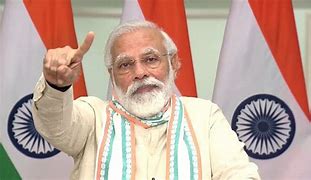Feature
Indian cities figured among 20 most-polluted cities of the world in 2016
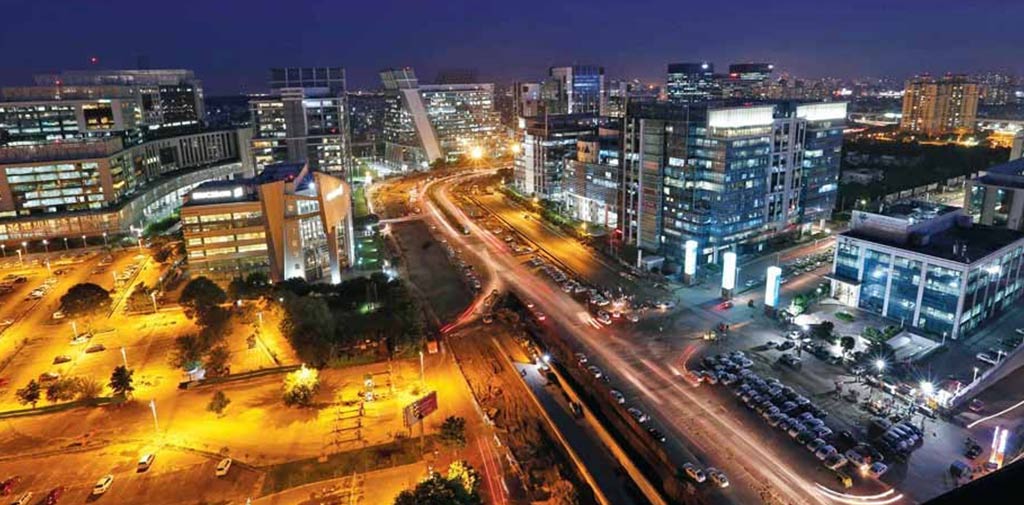
New Delhi: In a shocking update given by a data released by the World Health Organisation (WHO) showed today that Delhi and Varanasi are among the 14 Indian cities that figured in a list of 20 most polluted cities in the world in terms of PM2.5 levels in 2016.
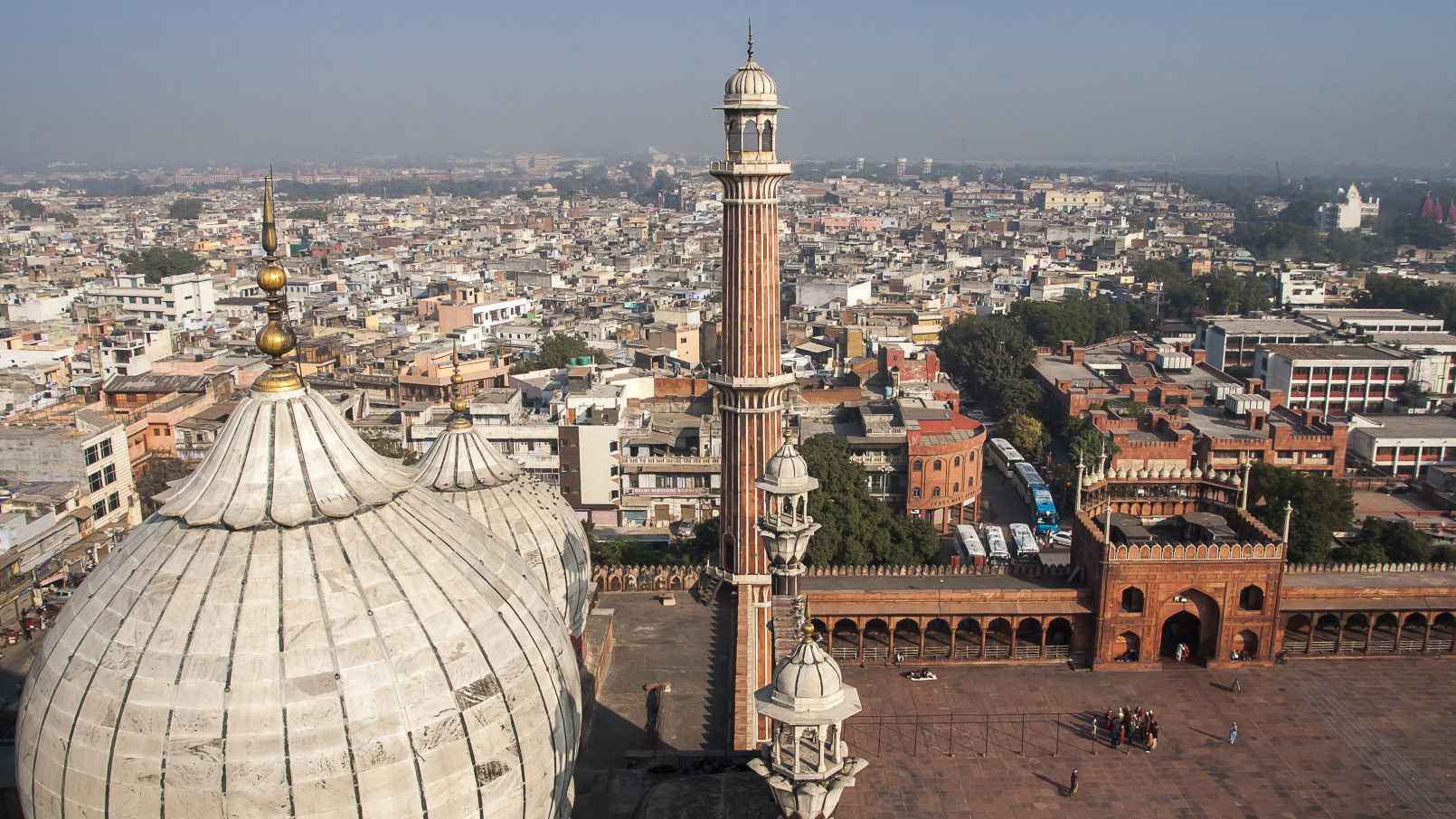
The WHO data also said that nine out of 10 people in the world breathe air containing high levels of pollutants.
Other Indian cities that registered very high levels of PM2.5 pollutants were Kanpur, Faridabad, Gaya, Patna, Agra, Muzaffarpur, Srinagar, Gurgaon, Jaipur, Patiala and Jodhpur followed by Ali Subah Al-Salem in Kuwait and a few cities in China and Mongolia.
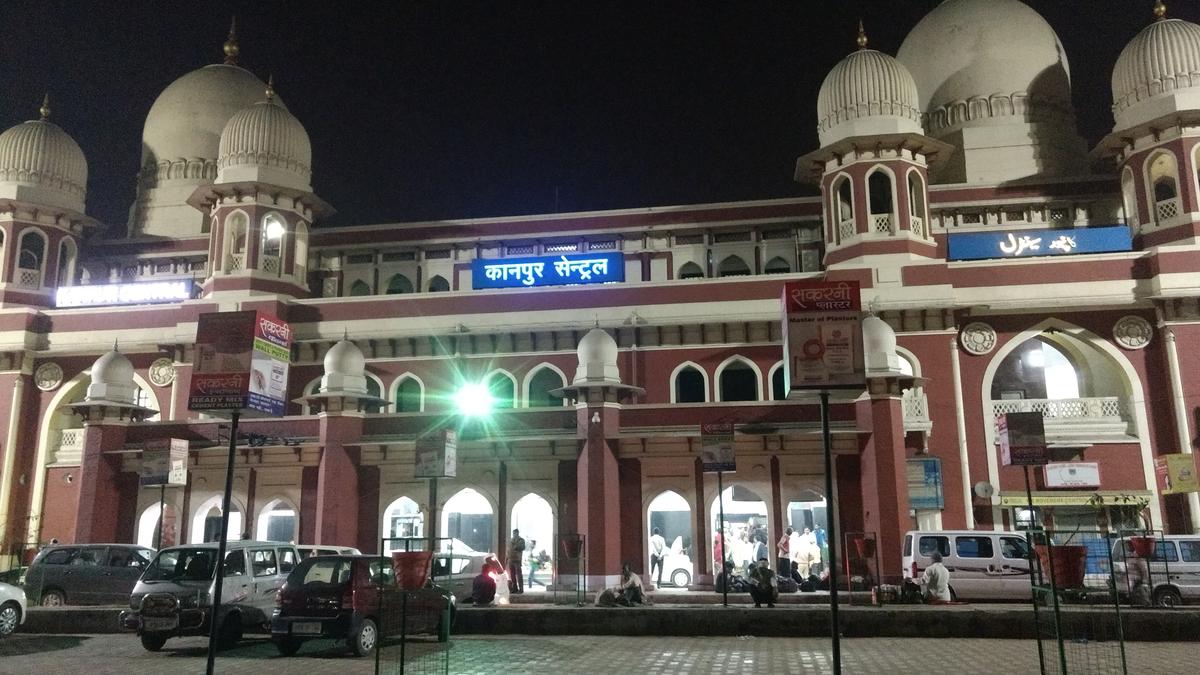
In terms of PM10 levels, 13 cities in Indian cities figured among the 20 most-polluted cities of the world in 2016.
The World Health Organisation has called upon member-countries in its Southeast Asia Region to aggressively address the double burden of household and ambient (outdoor) air pollution, saying the region, which comprises India, accounts for 34 pc or 2.4 million of the seven million premature deaths caused by household and ambient air pollution together globally every year.
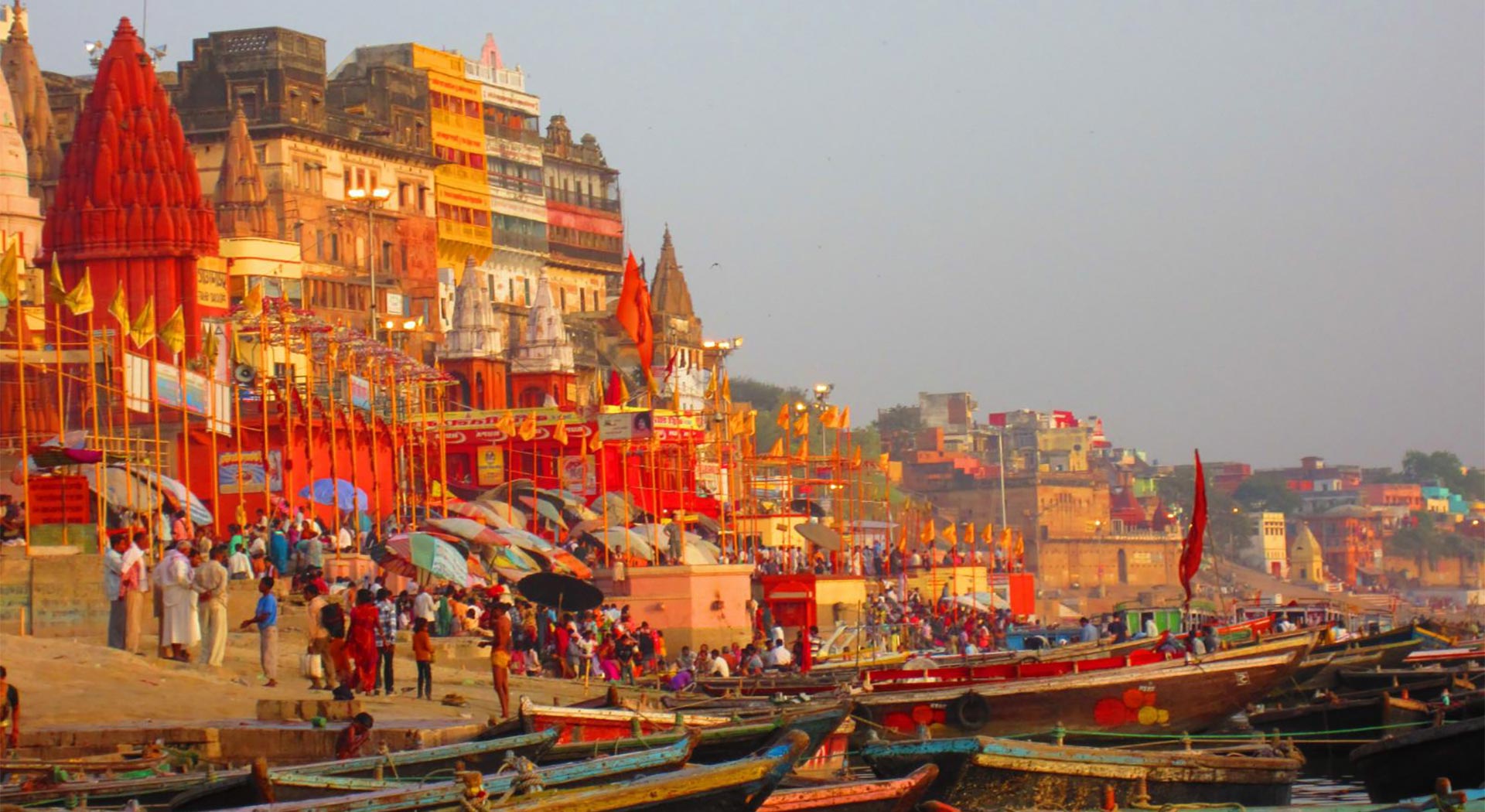
Of the 3.8 million deaths caused by household air pollution globally, the region accounts for 1.5 million or 40 per cent deaths, and of the 4.2 million global deaths due to ambient air pollution, 1.3 million or 30 per cent are reported from the region, it said.
The PM2.5 includes pollutants like sulfate, nitrate and black carbon, which pose the greatest risk to human health.
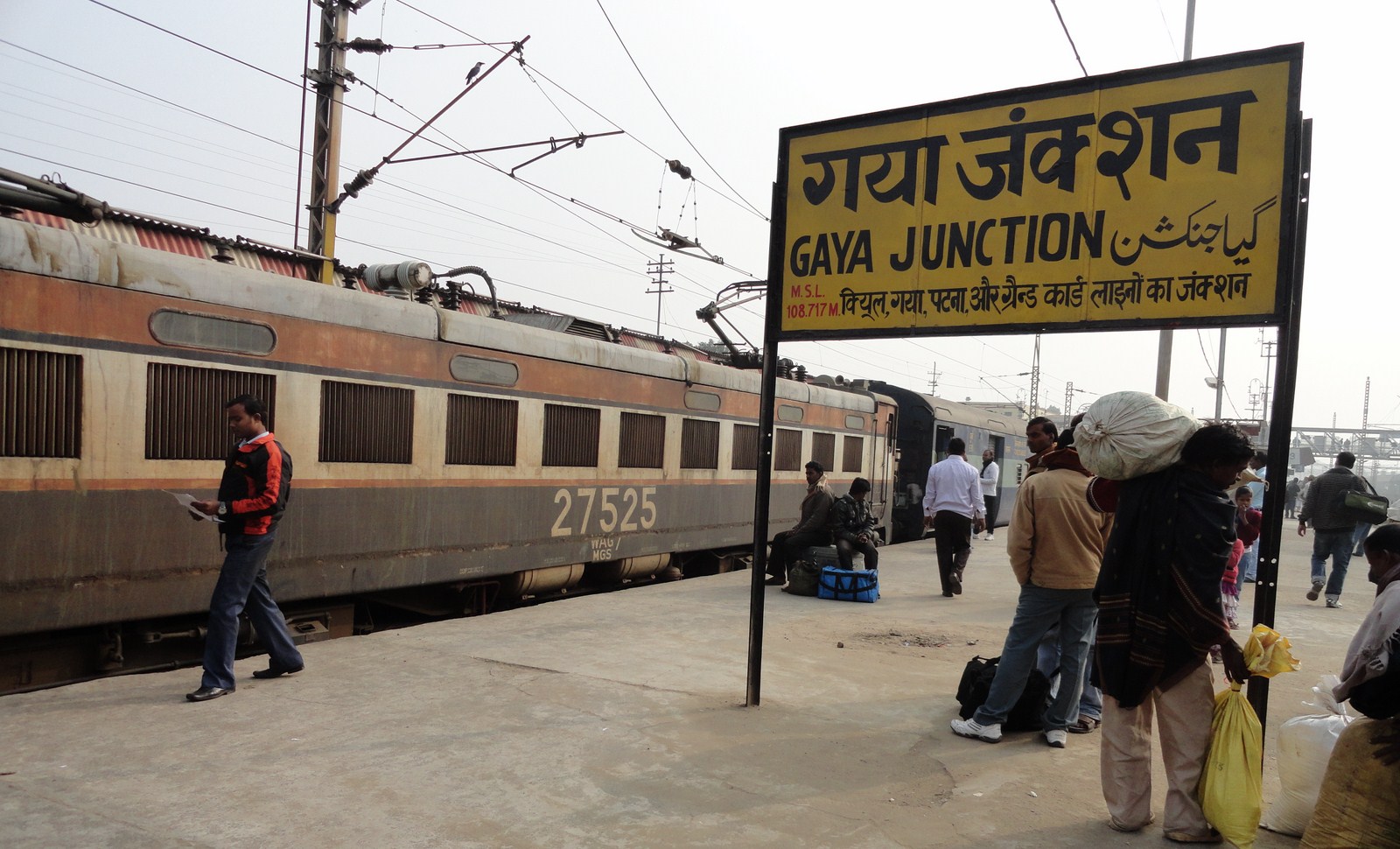
WHO’s global urban air pollution database measured the levels of fine particulate matter (PM10 and PM2.5) from more than 4,300 cities in 108 countries, according to which ambient air pollution alone caused some 4.2 million deaths in 2016, while household air pollution from cooking with polluting fuels and technologies caused an estimated 3.8 million deaths in the same period.
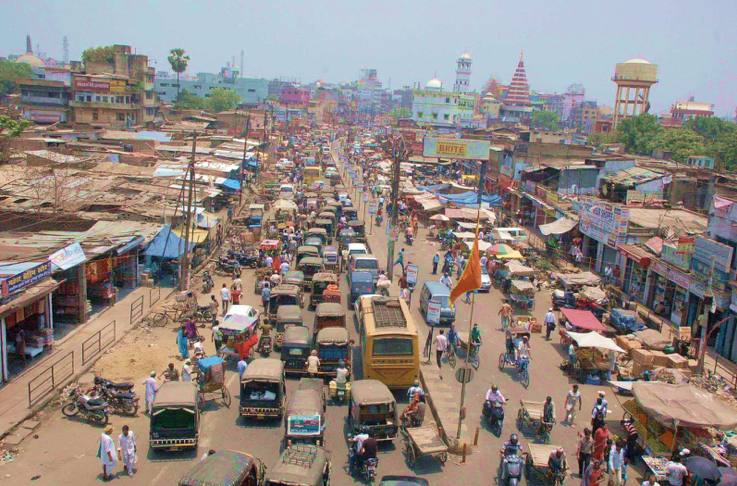
Since 2016, over 1,000 additional cities have been added to WHO’s database, which shows more countries are measuring and taking action to reduce air pollution than ever before.
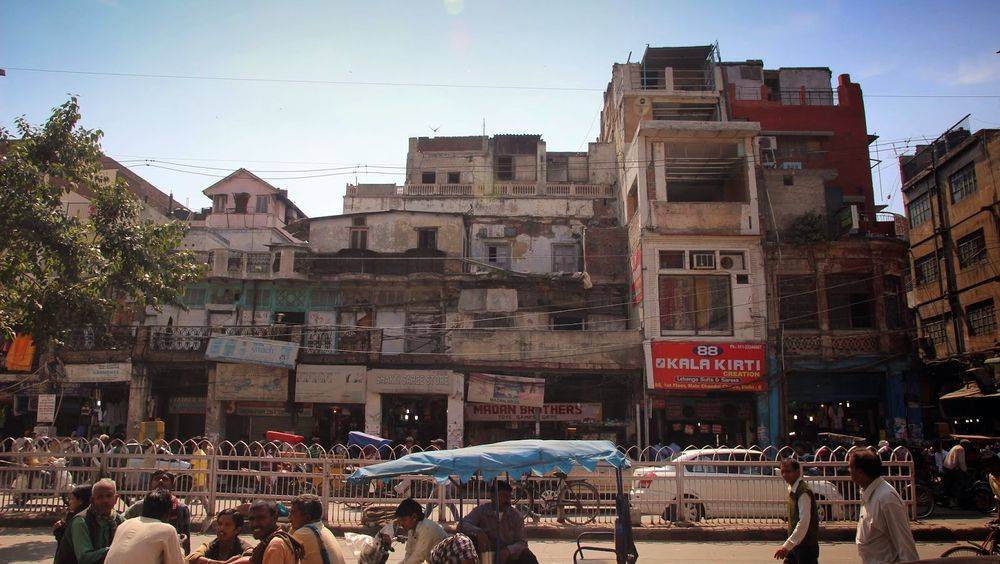
“WHO estimates that around 7 million people die every year from exposure to fine particles in polluted air that penetrate deep into the lungs and cardiovascular system, causing diseases including stroke, heart disease, lung cancer, chronic obstructive pulmonary diseases and respiratory infections, including pneumonia,” the report said.
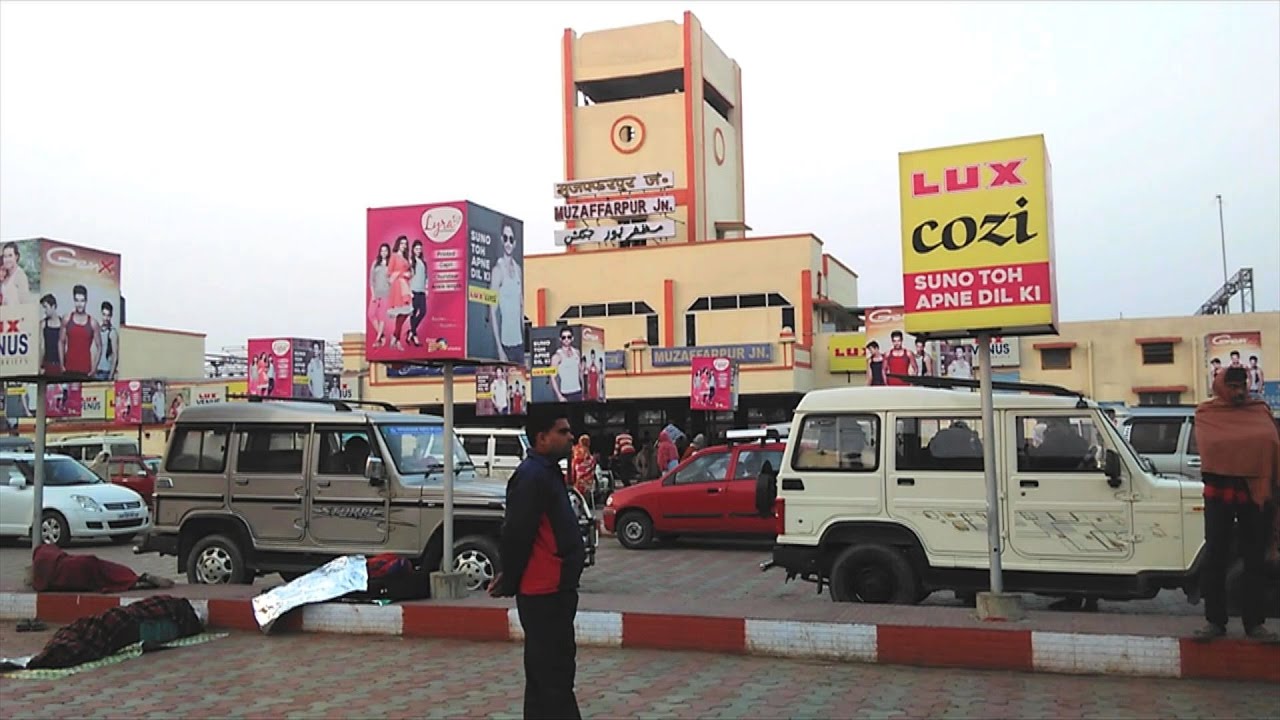
According to the report, more than 90 per cent of air pollution-related deaths occur in low- and middle-income countries (including India), mainly in Asia and Africa, followed by low- and middle-income countries of the Eastern Mediterranean region, Europe and the Americas.
14 Indian cities figured in list of 20 most polluted cities in world in 2016:
“Around 3 billion people more than 40 per cent of the world’s population still do not have access to clean cooking fuels and technologies in their homes, the main source of household air pollution,” it said.
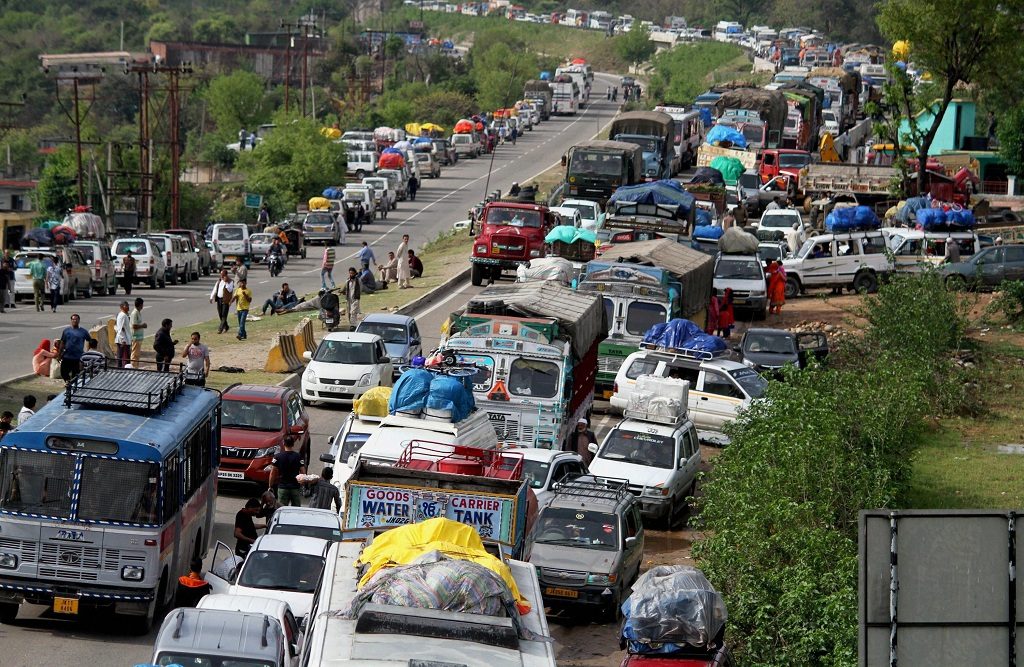
It said the WHO recognises air pollution is a critical risk factor for noncommunicable diseases (NCDs), causing an estimated 24 per cent of all adult deaths from heart disease, 25 per cent from stroke, 43 per cent from chronic obstructive pulmonary disease and 29 per cent from lung cancer.
The report, however, stated countries are making efforts and taking measures and in this context, referred to India’s Pradhan Mantri Ujjwala Yojana, which it said, in just two years, has provided 37 million women living below the poverty line with free LPG connections to support them to switch to clean household energy use.
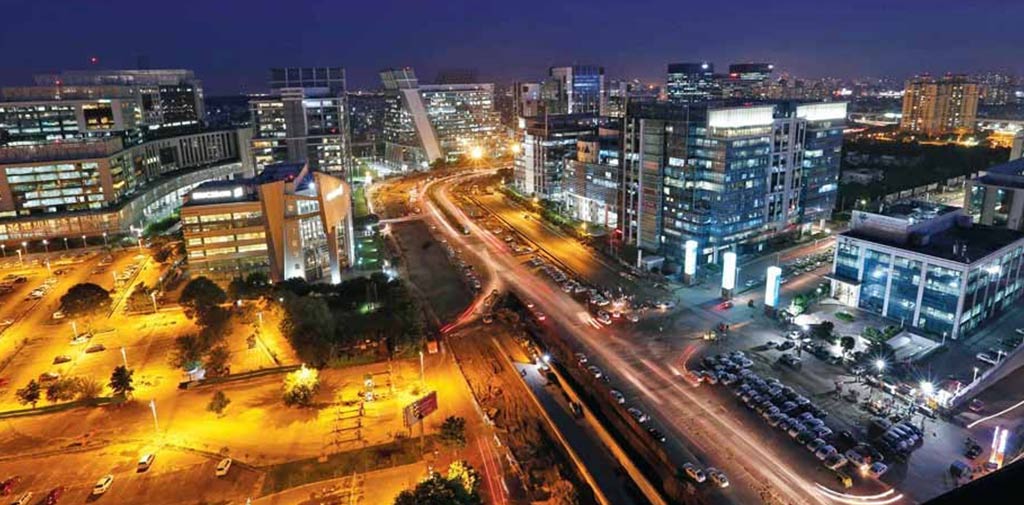
India targets to reach 80 million households by 2020.
All countries in the region are making efforts to expand availability of clean fuels and technologies, however, over 60 per cent population do not have clean fuel. The combined effects of household air pollution and ambient air pollution become increasingly hard to address if not tackled early, Poonam Khetrapal Singh, regional director, WHO Southeast Asia, said.
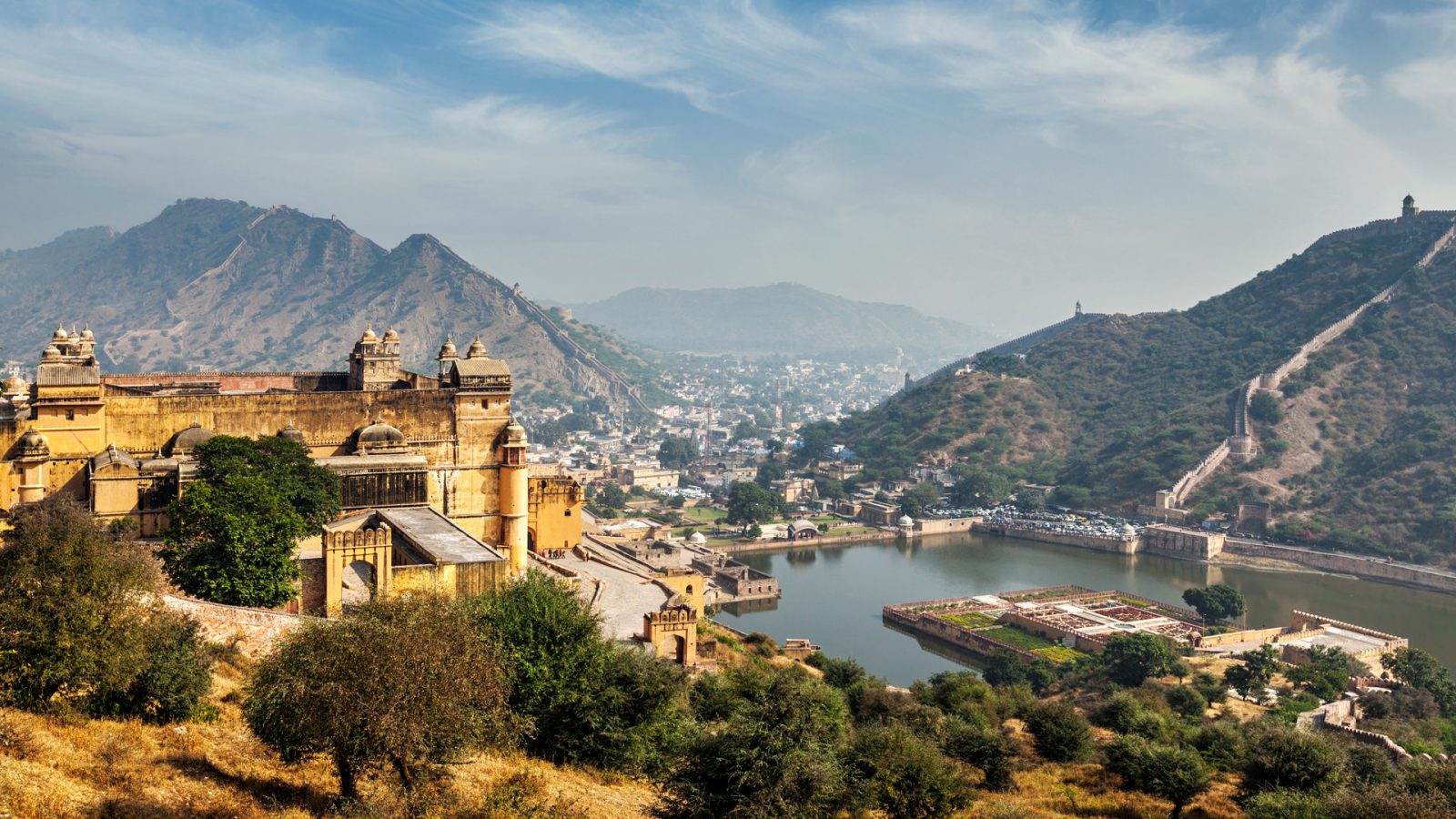
“Air pollution needs to be brought under control with urgent and effective action. Non-communicable diseases are the leading cause of deaths globally and in the region, and air pollution contributes significantly to NCDs such as cardiovascular disease, respiratory disease and lung cancer.
“Cleaning up the air we breathe will help prevent NCDs, particularly among women and vulnerable groups such as children, those already ill and the elderly,” Singh said.
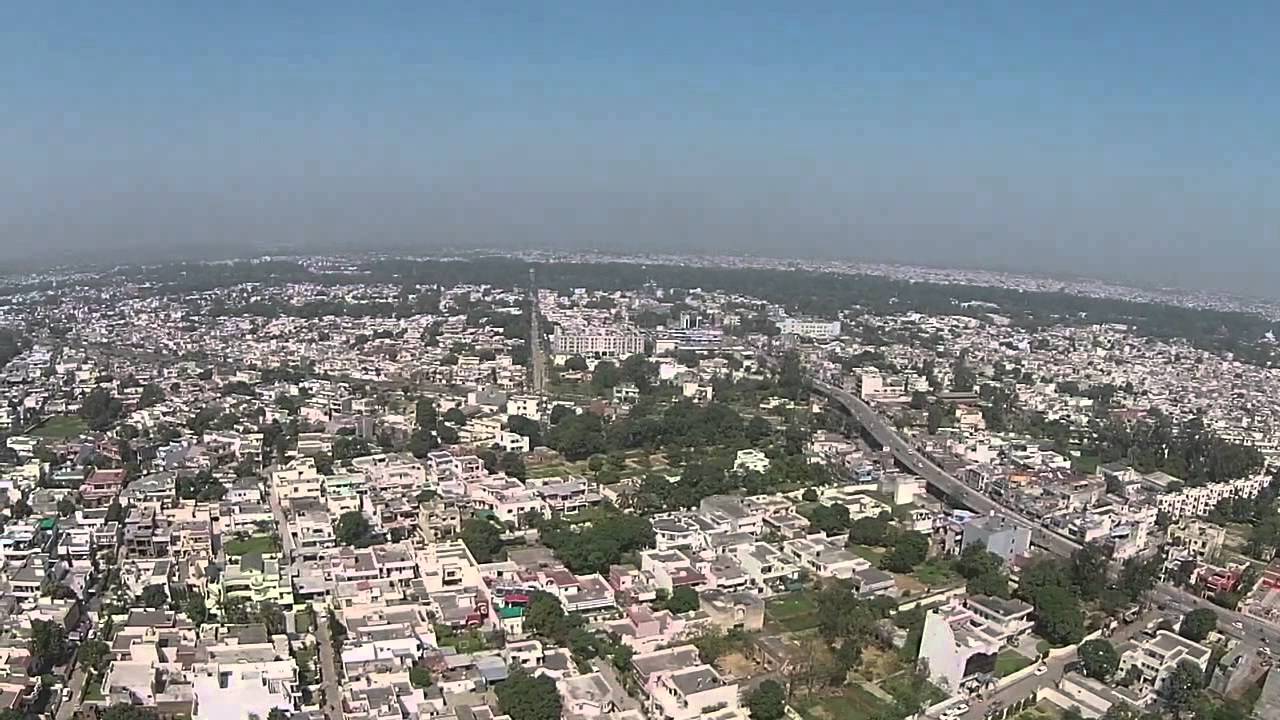
“Many of the world’s megacities exceed WHO’s guideline levels for air quality by more than 5 times, representing a major risk to people’s health,” Maria Neira, director of the Department of Public Health, Social and Environmental Determinants of Health at WHO, said, adding, there is an acceleration of political interest to deal with this global public health challenge.
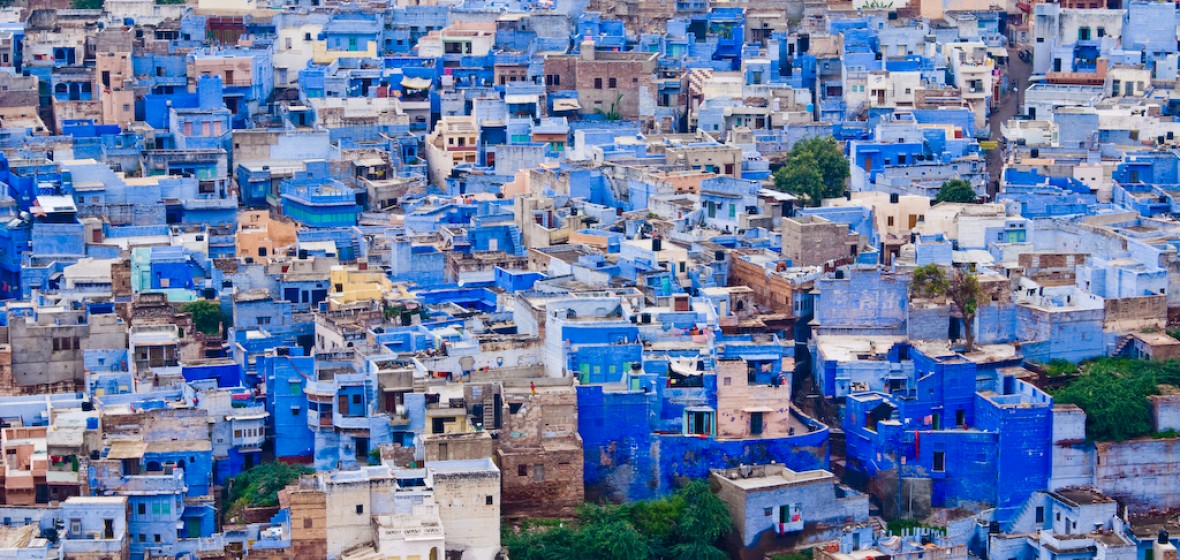
“Air pollution threatens us all, but the poorest and most marginalised people bear the brunt of the burden. It is unacceptable that over 3 billion people most of them women and children are still breathing deadly smoke every day from using polluting stoves and fuels in their homes,” said Tedros Adhanom Ghebreyesus, director-general of WHO.
Major sources of air pollution from particulate matter include inefficient use of energy by households, industry, agriculture and transport sectors, and coal-fired power plants. In some regions, sand and desert dust, waste burning and deforestation are additional sources of air pollution.
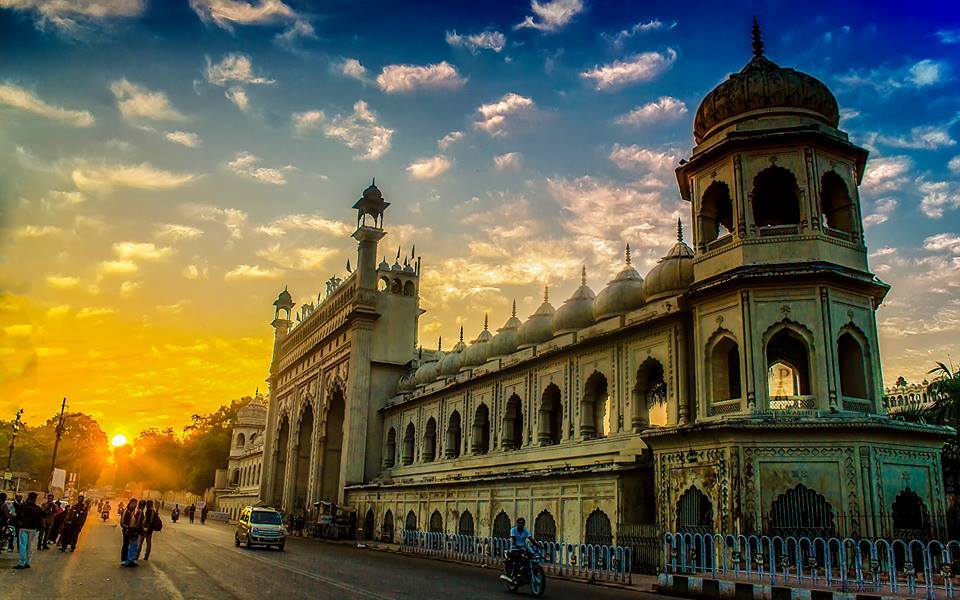
“Air pollution does not recognise borders. Improving air quality demands sustained and coordinated government action at all levels,” the WHO said.
Entertainment
Meghalaya Reserves Legalized Gambling and Sports Betting for Tourists

The State Scores Extra High on Gaming-Friendly Industry Index
Meghalaya scored 92.85 out of 100 possible points in a Gaming Industry Index and proved to be India’s most gaming-friendly state following its recent profound legislation changes over the field allowing land-based and online gaming, including games of chance, under a licensing regime.
The index by the UK India Business Council (UKIBC) uses a scale of 0 to 100 to measure the level of legalisation on gambling and betting achieved by a state based on the scores over a set of seven different games – lottery, horse racing, betting on sports, poker, rummy, casino and fantasy sports
Starting from February last year, Meghalaya became the third state in India’s northeast to legalise gambling and betting after Sikkim and Nagaland. After consultations with the UKIBC, the state proceeded with the adoption of the Meghalaya Regulation of Gaming Act, 2021 and the nullification of the Meghalaya Prevention of Gambling Act, 1970. Subsequently in December, the Meghalaya Regulation of Gaming Rules, 2021 were notified and came into force.
All for the Tourists
The move to legalise and license various forms of offline and online betting and gambling in Meghalaya is aimed at boosting tourism and creating jobs, and altogether raising taxation revenues for the northeastern state. At the same time, the opportunities to bet and gamble legally will be reserved only for tourists and visitors.
“We came out with a Gaming Act and subsequently framed the Regulation of Gaming Rules, 2021. The government will accordingly issue licenses to operate games of skill and chance, both online and offline,” said James P. K. Sangma, Meghalaya State Law and Taxation Minister speaking in the capital city of Shillong. “But the legalized gambling and gaming will only be for tourists and not residents of Meghalaya,” he continued.
To be allowed to play, tourists and people visiting the state for work or business purposes will have to prove their non-resident status by presenting appropriate documents, in a process similar to a bank KYC (Know Your Customer) procedure.
Meghalaya Reaches Out to a Vast Market
With 140 millions of people in India estimated to bet regularly on sports, and a total of 370 million desi bettors around prominent sporting events, as per data from one of the latest reports by Esse N Videri, Meghalaya is set to reach out and take a piece of a vast market.
Estimates on the financial value of India’s sports betting market, combined across all types of offline channels and online sports and cricket predictions and betting platforms, speak about amounts between $130 and $150 billion (roughly between ₹9.7 and ₹11.5 lakh crore).
Andhra Pradesh, Telangana and Delhi are shown to deliver the highest number of bettors and Meghalaya can count on substantial tourists flow from their betting circles. The sports betting communities of Karnataka, Maharashtra, Uttar Pradesh and Haryana are also not to be underestimated.
Among the sports, cricket is most popular, registering 68 percent of the total bet count analyzed by Esse N Videri. Football takes second position with 11 percent of the bets, followed by betting on FIFA at 7 percent and on eCricket at 5 percent. The last position in the Top 5 of popular sports for betting in India is taken by tennis with 3 percent of the bet count.
Local Citizens will Still have Their Teer Betting
Meghalaya residents will still be permitted to participate in teer betting over arrow-shooting results. Teer is a traditional method of gambling, somewhat similar to a lottery draw, and held under the rules of the Meghalaya Regulation of the Game of Arrow Shooting and the Sale of Teer Tickets Act, 2018.
Teer includes bettors wagering on the number of arrows that reach the target which is placed about 50 meters away from a team of 20 archers positioned in a semicircle.
The archers shoot volleys of arrows at the target for ten minutes, and players place their bets choosing a number between 0 and 99 trying to guess the last two digits of the number of arrows that successfully pierce the target.
If, for example, the number of hits is 256, anyone who has bet on 56 wins an amount eight times bigger than their wager.










